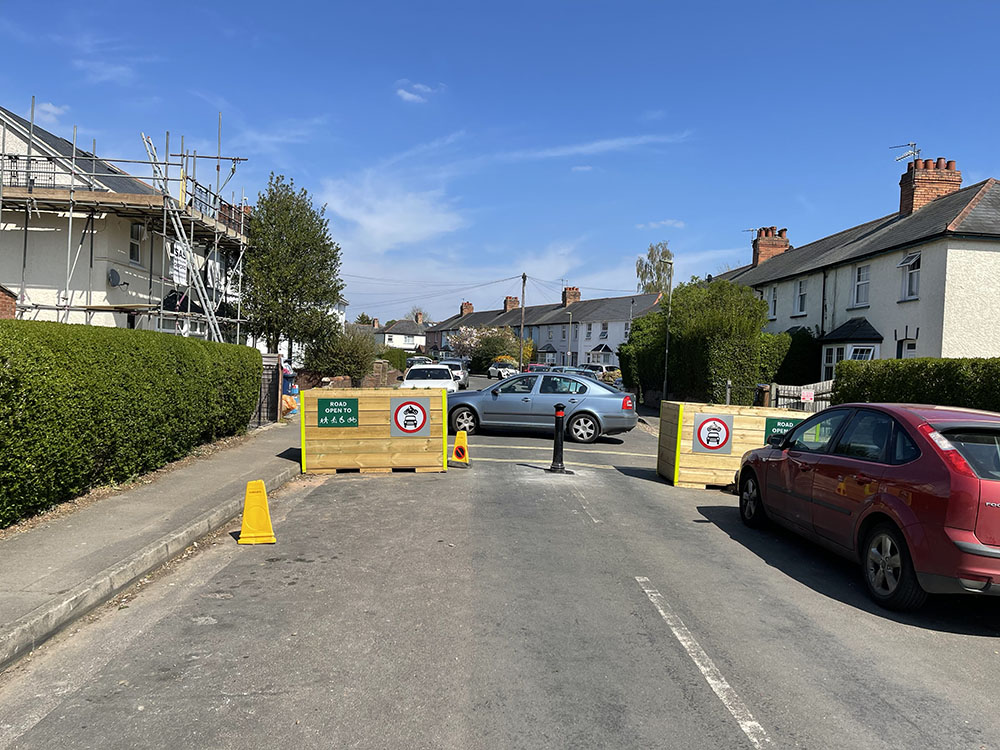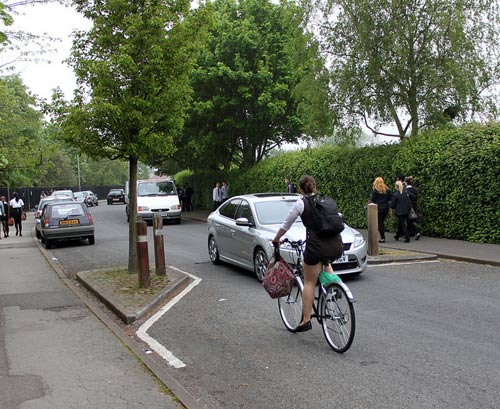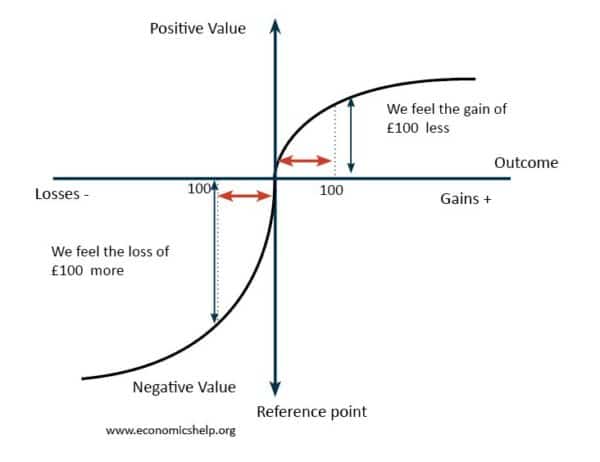
To my surprise my local area (Cowley, Oxford) where I live has implemented a low traffic neighbourhood. It involves putting
- Bollards on some roads to block traffic
- Implementing bus/taxi gates where the road is still open, but taxi’s, buses and emergency vehicles can pass through. (Also quite a lot of cars ignore the signs.)
A few months ago, the council sent a consultation pack through the post, and then this spring, it was implemented in a wide area of Cowley.

It has made quite a big difference to the volume of traffic on the road where I live. It has fallen quite a lot. There is more traffic on the roads around the LTN because it has cut off many ‘rat runs’ (short cuts).

It is an interesting scheme and I’m quite surprised it was implemented. I would classify the decision as quite ‘brave’. It definitely creates winners and losers.
Winners from LTN
- Those who live in the area and benefit from lower pollution, congestion, less accidents.
- Low traffic roads become more attractive for walkers, scooters and cycling. I have also seen children playing games on the road, something that never could have happened in the old days.
- Better environment in long-term.
- It is quite popular amongst residents. For the Florence park area, where I live, I remember reading there was 75% support for LTN, the support was lower in Temple Cowley, but still net positive.
According to Oxford council FAQ
Experience from Waltham Forest LTN in London measured a 50% decrease in motor traffic in the LTN. After 12 months, 55% said they would not change the LTN scheme with just 18% wanting to remove the filters.
This mirrors a national YouGov poll which found that 57% people supported low traffic neighbourhoods, while just 16% opposed them.
Losers
- Tradesmen/taxi who frequently drive their vans to jobs and now have longer journeys
- Motorists who don’t live in area but have longer journey times now the LTN’s are in place.
- Local residents who only drive a car and may have slightly longer times.
- Longer queues on existing main through ways because traffic has to go through the same pinch points.
Personal perspective
When I got the consultation through the post, the first thing I thought is that I am going to lose my clever cut through the back roads to get places quicker in the car. Then I remembered I rarely drive, but mostly cycle. So for me, it is a big gain, though there will be some times when it is an inconvenience.
It definitely feels a big improvement for cycling within the local neighbourhood, there is much less traffic and it feels more relaxing to cycle.
I have had a few local tradesmen around in the past few weeks, they are mostly bitterly opposed to the scheme. One electrician told me he had lost £150 a month because he had to take a longer route to his house. His figure of £150 extra petrol cost was absurd, I would be surprised if it was even £1.50, but I didn’t say anything and I definitely didn’t want to argue with him! It definitely raises strong opinions on both sides.
I do have sympathy for the plight of tradesmen. Someone like me can alter their behaviour and cycle to avoid the jams, a tradesman has no option now they face longer journey time which reduces the quality of life. The only hope is that enough people (who can) change transport behaviour so traffic jams start to fall over time.
Personal change of behaviour
Firstly, I have started to take different routes. I used to cycle on the main b-roads because they were better than the side roads with the street furniture and many cars. But, now there is an LTN, it is much better to cycle on the quiet local roads and avoid the b-roads.

Traffic calming on narrow local roads. I used to avoid these roads before LTN and cycle on main b-roads. Now most cars have been removed I’ve gone back to cycling on them.
The other behaviour (which is more due to lockdown) I don’t like shopping in real shops anymore (except book and cycling shops). Rather than drive 20 mins to B&Q I will get an online delivery. There are downsides to this kind of economic activity, but the LTN will only increase my online shopping habits
Giving up the car?
Sometimes I drive into the centre of Oxford to give meditation classes in the evening. This is an occasion where I drive because I am carrying quite a few books e.t.c. When I drive into the centre, I avoid traffic on main B-roads by driving through all the winding side streets between Cowley and Iffley. It is a good way to avoid frequent traffic jams. Now the LTN has cut out this and the traffic jams on Cowley will be worse because people like me, need to drive on b-roads.
However, I dislike getting stuck in traffic jams, I’m fairly certain in future I will be cycling to meditation classes and carrying the stuff on the bike. I will either buy a trailer or second big pannier bag. Currently, it takes 15 minutes to cycle into town, with traffic jams it can take 20-40 minutes to drive. Plus it costs £4 to park for the evening. The LTN has increased cost of driving and so makes it more attractive for me to cycle – even if it means carrying more stuff.
This is one of the potential long-term benefits of LTN’s – it will change people’s transport behaviour. Rather than increase congestion, I will give up the car (for some journeys). The only difficulty is when I am taking someone else, they will not want to cycle. Also, when we put on running races, there is no chance I will be able to carry on bike, I will definitely take car.
Long-term change?
The crucial issue is the extent to which LTN change people’s behaviour. With a high percentage of car journeys only a few miles (or even less than a mile) – there is scope for a good percentage to walk, cycle or electric scooter rather than drive.
The LTNs create two major incentives to cycle/walk rather than drive.
- It is more pleasant (feels safer) to cycle on roads with low traffic.
- The cost of driving is greater. (mostly time, plus some petrol cost)
If this long-term change occurs it will relieve the extra congestion and make the scheme much more desirable all round.
I’m fairly confident it will change my transport choices, but I wonder how many others will try the bike as a way to avoid the jams?
Prospect Theory
One thing that springs to mind is something from behavioural economics – the fact that we feel keenly any loses of what we have – more than what we gain. The reason LTNs create such a negative backlash is that some users, see an immediate loss of something they have had for a long time.
The full gains of LTNs may not develop for several years.
Creation of Prospect Theory
An LTN, creates an immediate and obvious loss – greater inconvenience. Having roads closed that you used to use, is a very visible loss. Hence angry 2,000 plus petitions.
However, if you look at new housing estates, they are usually built as LTN. For example, there is a big block of housing in West Oxford from train station to Jericho. The new housing build only has one main access to the road network. There are no entry points from the north of the housing estate to Jericho. Therefore, if you live in the north of the housing estate, you have to travel along way to get to North Jericho, even though to walk it might take one minute. But, nobody complains about this because when people bought a house, they knew what they were getting (the low traffic neighbourhood was possibly a desirable feature). The point is that in the LTN built from the start, nobody is clamouring to make a through road to Jericho so cars can take short cuts. Residents don’t want it and car users are not aggrieved because they have never had that short cut through town.
When cycling and pedestrian areas were prioritised in places like Holland and Waltham Forest, there was much resistance from car drivers. But, now Holland has created low traffic cities, there is no desire to go back to where it was before.
The tricky thing of LTN schemes is keeping it in place sufficiently long for transport culture to change. I hope it survives, and people try other methods of transport. But, I definitely get the feeling it is divided the community, which is a big downside, even though I am in favour.
Related


LTNs will not change my cycling
Very interesting. Hopefully it will encourage more people to switch to a bike and in Oxford where bike usage is high the chances of it being successful are greater.
Maybe you should have mentioned that the LTNs in East Oxford are a trial and may be removed after November. See for example https://www.oxfordmail.co.uk/news/19356812.ltn-trial-cowley-extended-november/
Personally I would like them to stay. Hopefully the trial is successful and a permanent installation will follow.
Maybe the electrician meant that extra time spent driving his van equated to £150 in lost wages.
Thank you for this thoughtful article. I spend way too much time on Twitter where it is seemingly impossible to hold a balanced view on LTN – seemingly one must be stridently in favour or stridently access. It is a relief to see a good attempt to balance the pros and cons.
Thank you for the connection also economic theory… clearly new LTNs cause much more opposition than “built-in” LTNs (like your Jericho example) or even historic LTNs that have been there for decades, despite being a through route at one time. I had struggled to put a framework to explain people’s behaviour around that. Now I got one!
Thanks Pete. It is true Twitter is not the best place for nuanced arguments!